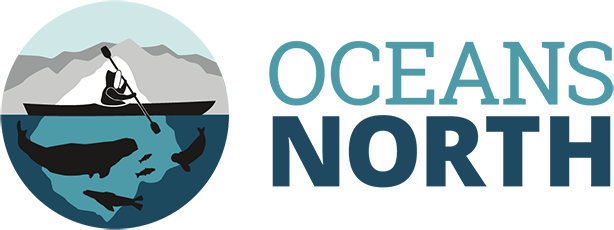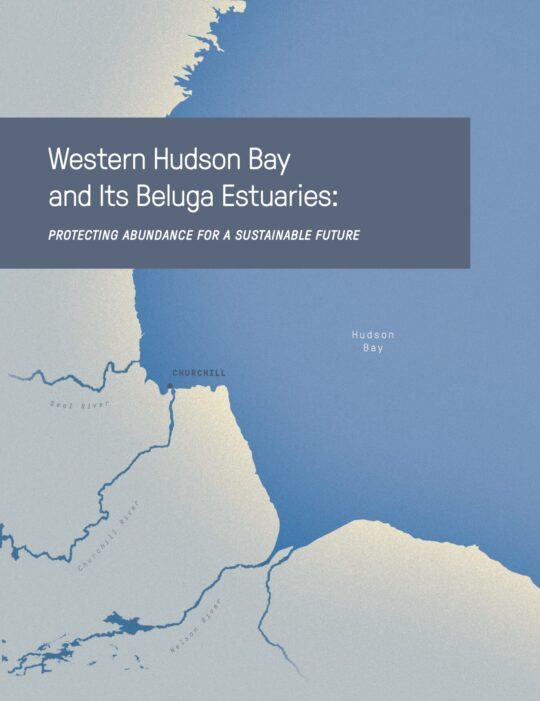Western Hudson Bay and Its Beluga Estuaries
Published April 2018
Health care, transportation, shipping, and family ties bind Churchill and Nunavut. Much like its northern neighbours, Churchill is a community whose resilience and ingenuity mirror the hardiness of the iconic Arctic species that thrive in this region. In the span of a generation, the town has transformed itself into a major international destination for tourism and research. These two economic drivers complement the community’s strategic location as Canada’s only deepwater port in Hudson Bay and the Arctic.
This report builds on connections—connections between our communities, as well as our connections to a vital marine environment. It’s also a call for action. Community members have shown us the outstanding nature of this coast, these estuaries and Hudson Bay as an enduring meeting place of waters, people and wildlife. It is up to us to listen.

